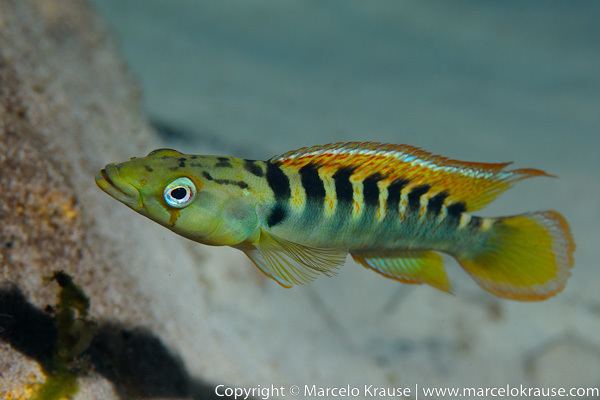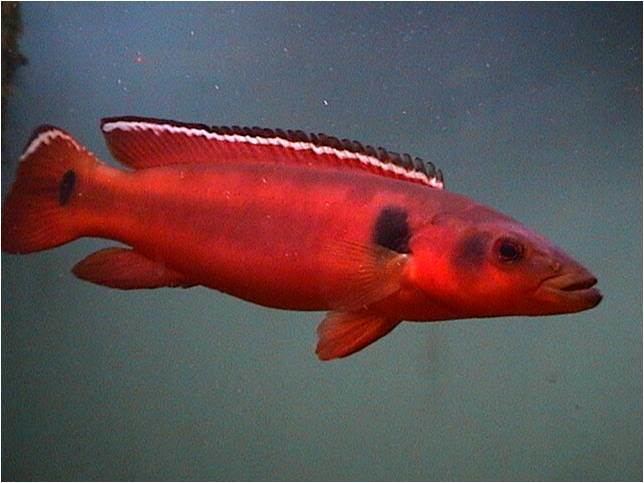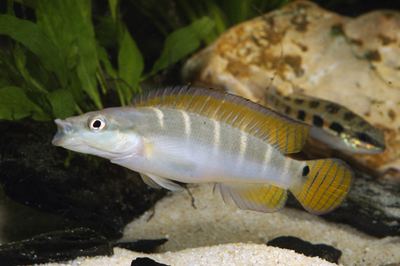Higher classification Cichlid Rank Genus | Scientific name Crenicichla Order Perciformes | |
 | ||
Similar Cichlid, Crenicichla regani, Geophagus, Crenicichla lepidota, Crenicichla lenticulata | ||
New fish pike cichlid crenicichla cyanonotus
Crenicichla is a genus of cichlids native to South America commonly known as the pike cichlids. They are found in most tropical and subtropical freshwater habitats between the Andes and the Atlantic.
Contents
- New fish pike cichlid crenicichla cyanonotus
- Super red monkey and crenicichla red pike cichlid
- Description
- Distribution and ecology
- Species
- References
Super red monkey and crenicichla red pike cichlid
Description

The smallest species of Crenicichla (notably members of the C. wallacii species group) are no larger than 6–14 cm (2.4–5.5 in), and technically qualify as "dwarf cichlids" for the aquarium hobby – though their aggressive and voracious habits should let prospective keepers beware. The biggest pike cichlids can grow to about 50 cm (20 in) long. Most Crenicichla measure in the range of 15–30 cm (6–12 in). Like many other predatory fishes, a pike cichlid has a wide mouth and elongated body.
Distribution and ecology

The genus Crenicichla is native to freshwater in tropical and subtropical South America east of the Andes, ranging from Trinidad and the Guiana Shield (including Orinoco), through the Amazon and Río de la Plata Basins, south as far as Río Negro in Argentina. Although widespread as a group, the individual species are often restricted to a single river or river basin. They are found in a wide range of habitats, including rivers, streams, pools and lakes; some species are rheophilic.

The vast majority of pike cichlids are predatory and feed on fish, insects, and other small animals. They usually place themselves where they can stay undetected by the prey, like close to a sunken tree stem or behind a rock. This behavior, as well as the correspondingly adapted shape, which resembles that the unrelated pikes (Esocidae) of the Holarctic, gives the pike cichlids their common name. An exception is C. tapii, which is similar in general appearance to other pike cichlids, but unusual for being gregarious and feeding on periphyton.
Species
There are currently 93 recognized species in this genus:
In addition to these, several undescribed species are known.


